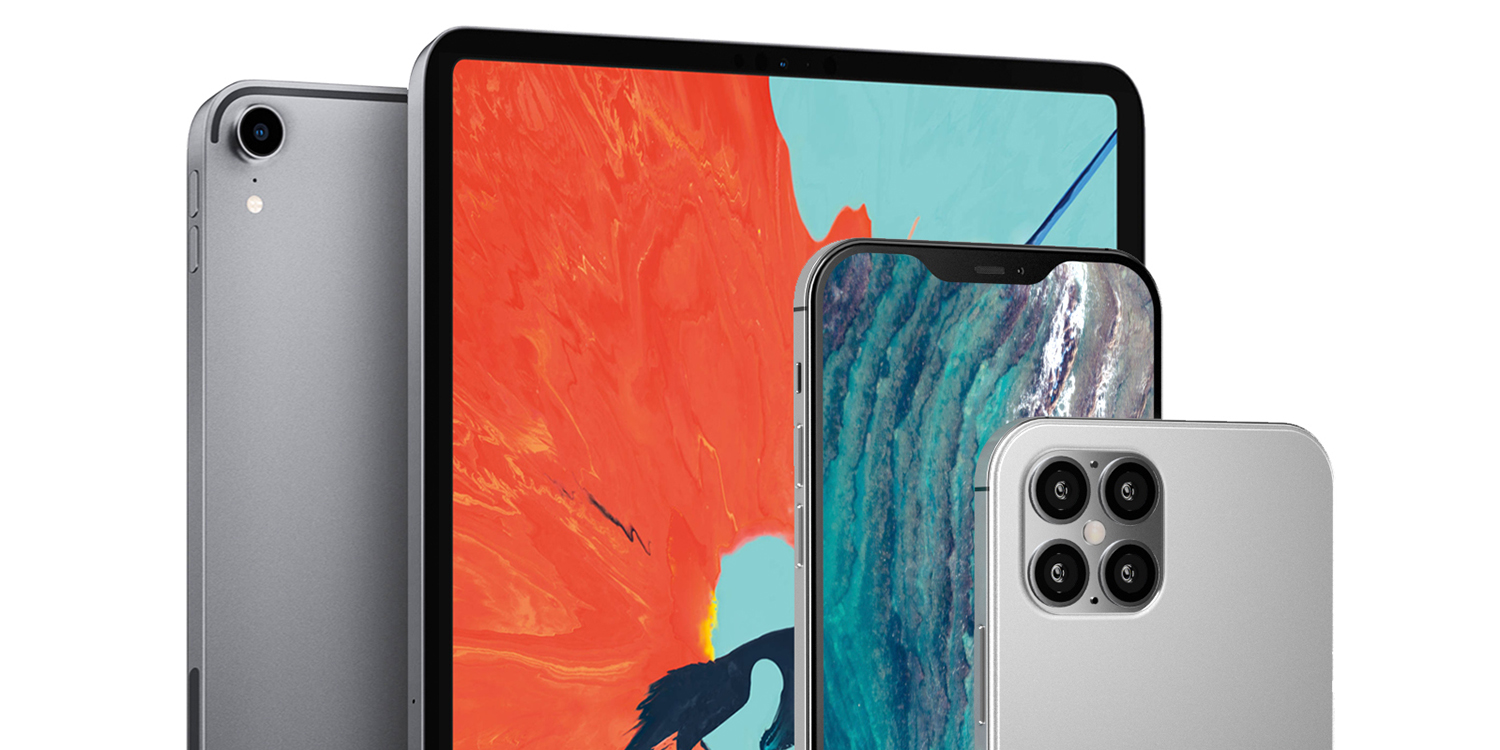It is frightening how a virus can threaten the entire world in more ways than just claiming lives. The novel coronavirus has already altered many businesses and events, including the annual MWC trade show. Things are, of course, harsher in China, where companies continue to be in lockdown. Companies that the rest of the world rely on especially in terms of production. The situation has rippling effects in the consumer electronics industry, including Apple who might be forced to launch its next iPhone even if the supply will be extremely low at first.
Of course, no one can be blamed for taking caution. Companies in China continue to be closed to protect their own workers while travel to the country is discouraged except for the most critical cases. Last month, Apple restricted travel to China except for “business-critical” tasks and, apparently, finalizing the iPhone 12 might not be as critical at the moment.
DigiTimes reports (via MacRumors) that Apple isn’t sending engineers to China to finalize the Engineering Validation Test stage or EVT of the iPhone 12. This stage is necessary to ensure that the design meets Apple’s standards before production can proceed.
Production for iPhones usually starts in June in order to reach a substantial number of units by the time Apple launches them in September. Unless it can get engineers to China soon, it will miss that window of opportunity. iPhones will still be made, of course, but manufacturers won’t have enough time to make as many as needed to meet expected demand.
Apple will most likely still push through with a September launch of the iPhone 12 but it will face an immediate supply shortage. The iPhone SE 2 or iPhone 9 has reportedly already started production so it won’t face the same problem. Its announcement and shipping, however, could still be affected by the ongoing virus situation.
We’ve already seen one set of iPhone 12 renders, though we noted at the time that the notch-free design shown isn’t feasible for next year’s models.
Today, though, new iPhone 12 concept images give us a more realistic idea of how next year’s flagship iPhone design might look, based on reports from noted Apple supply-chain analyst Ming-Chi Kuo…
PhoneArena created the renders, which reflect Kuo’s expectation of a slab-sided design reminiscent of the iPhone 4/5/SE. Apple has of course already adopted this design aesthetic in the current iPad Pro models.
Apple is rumored to be moving away from the softer contours of present models in favor of a sharper, boxier aesthetic that channels the design sensibilities of the iPhone 4 and 5 […]Based on the rumors that the next iPhone models may channel this boxier aesthetic, we’ve created some concept renders to illustrate this shift in product design. And we’ve got to say […] this design looks really cool.

While a completely notchless, bezel-free iPhone was the long-term goal of Apple’s former design chief Jony Ive, that vision is still some way off yet. There have been suggestions that the notch may shrink next year, however, and that’s what we see here.
Another Kuo report back in the summer suggested that the iPhone 12 would have rear time-of-flight (ToF) sensors, designed to improve Portrait mode and to offer better support for augmented reality (AR) features.
A time-of-flight VCSEL is similar to the infrared TrueDepth camera system found in iPhones today on the front of the device, which enables Face ID. Adding such a 3D-sensing system to the back camera would enable higher-fidelity 3D photo captures, potentially opening up new augmented reality opportunities.
The renders imagine these taking the visual appearance of a fourth camera lens, just for a more harmonious look.
In short, a Time-of-Flight (or ToF) camera can measure depth much more accurately than a regular one, so it can be a perfect choice for augmented reality uses. A ToF camera uses infrared light to map the immediate surroundings. It works in conjunction with an IR sensor that emits a light signal, which then bounces off of the subject and returns to the sensor. The phone then calculates the time it took the signal to bounce back into the sensor, thus creating a more accurate depth map of the scene than a regular camera could.If Apple puts a ToF camera on the iPhone 12, we can’t be sure that it would have its dedicated bump like the other three lenses—as it will likely be smaller—but for the sake of symmetry we went with the quad-camera design you see above.
Check out the rest of the iPhone 12 renders over at PhoneArena.
I’ve always been a fan of the classic iPhone 4 look, preferring it to the later rounded edge models – what about you? Let us know what you think in the comments.
We have plenty of rumors concerning 2020 iPhones. Some say that they will come with 5G connectivity, maybe the return of Touch ID. Some are even speculating with a redesign for the iPhone 12, and if this last rumor is true, the latest leaked renders may give us an idea of what to expect.
The new iPhone 12 could drop rounded edges and go back to a design similar to the one on the iPhone 5. Maybe that’s a bold statement, but if you look at the latest iPad Pro models, this idea may not sound so crazy. The iPhone 5 has been a fan favorite for years, and according to predictions from Ming-Chi Kuo, this design may influence the upcoming iPhone lineup. The guys at PhoneArena have used all the information available and have created several renders of a new iPhone 12 that looks great. The notch would still be present, even though it would be fairly smaller. Its camera arrangement would also include a ToF sensor, even though it may not be as large as the one we see in these images.

SIGN UP NOW FOR THE BEST BOOKMAKER IN THE WORLD AND WIN UP TO













Aucun commentaire:
Enregistrer un commentaire